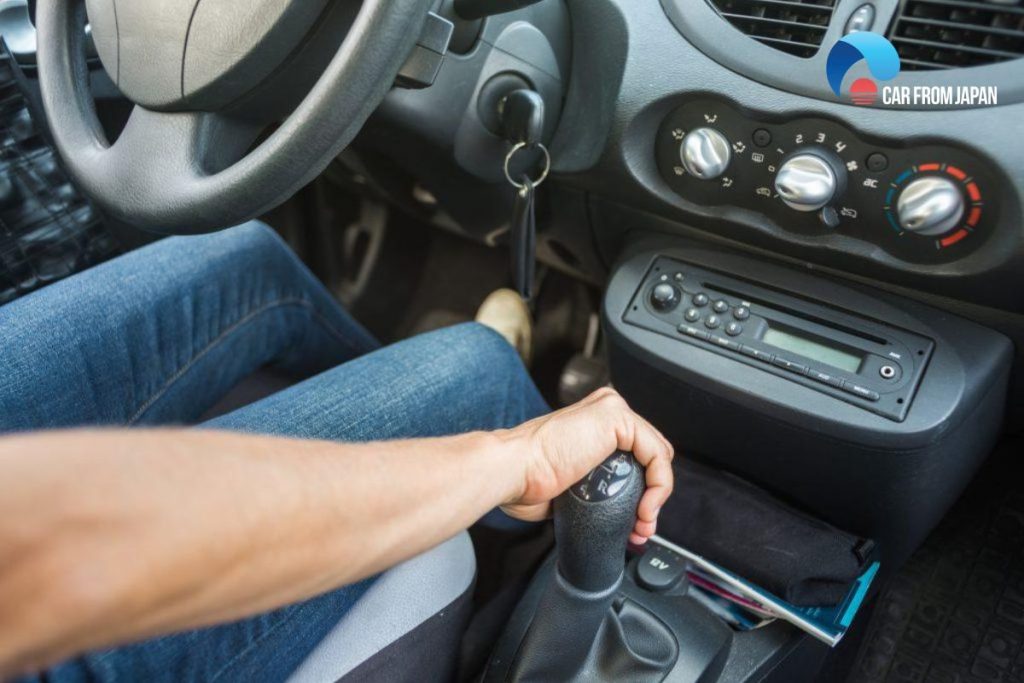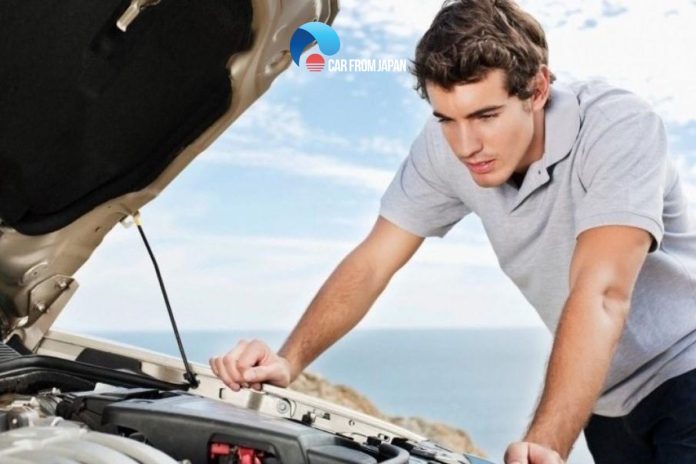We are here with the complete process that you should opt when your car stops while releasing clutch.
The clutch is located somewhere between the transmission and engine. Applying a clutch separates the contact between these two.
In this situation, there are two possibilities: car stops while releasing the clutch or it responds, as it should be.
Contents
- What To Do When The Car Stops While Releasing Clutch?
- FAQs on Car Stops While Releasing Clutch
- What should I do if my car continues to stall even after giving gas?
- Is it safe to push the clutch back in if the car stalls?
- Should I put the car in neutral if it stalls while releasing the clutch?
- When should I call for roadside assistance if my car stalls frequently?
- Are there any specific tips for driving a manual transmission car to avoid stalling?
- What’s the difference between stalling and engine failure when the car stops while releasing the clutch?
- Winding up
What To Do When The Car Stops While Releasing Clutch?
Regardless of the car model or engine type, various problems are there that can emerge suddenly.
Follow the given process to tackle the situation when your car is no more responding after releasing the clutch.
Examine the Engine Behavior
The first thing that comes to mind when the car stops while releasing clutch, is to examine engine behavior. For that purpose, you have to find the REV meter, depress the clutch, and then start the engine.
Note down the meter reading when the engine was inactive. Make sure that you reach the fifteen-hundred to two-thousand REVs.
This way you will be able to feel how hard you have to accelerate and how loud the engine is producing the sound. You can turn off the radio or ventilator in order to hear the engine sound properly.

See More:
- What to do when the power steering stops working suddenly?
- Find the best way to avoid car breakdown in no time
Tipping Points on the Clutch
Now that the engine is in active mode, your foot is off the accelerator, the clutch is pressed, and have an eye on the REV meter, it’s the right time to feel the tipping points on the clutch.
By lifting the clutch pedal, you will be able to feel the tipping points. If the vibrations in the car are decreasing the reading in the meter and the clutch brakes the engine, it’s the situation when the car wants to start but isn’t powered enough to do so.
Over lifting the clutch, can result in car stalling. So ensure that you find the point before this happens.
Start Again
Everything is at the place and the car is in first gear so, lift the clutch, and examine the tipping points again.
This time when the engine starts to slow down, accelerate until it reaches fifteen hundred in the meter. Slowly lift the clutch pedal and accelerate as much as you can. The car will start successfully.
Changing the gears during driving is a normal phenomenon, but accelerating slowly and carefully can save your car from being stalled. Releasing the clutch all of a sudden is harmful to the engine.

FAQs on Car Stops While Releasing Clutch
What should I do if my car continues to stall even after giving gas?
If your car continues to stall despite giving gas, you may want to check for other issues like a malfunctioning fuel system, spark plugs, or a worn-out clutch.
Is it safe to push the clutch back in if the car stalls?
Yes, it’s safe to push the clutch pedal back in if your car stalls.
This disengages the transmission from the engine and prevents further stalling. You can then restart the engine and try again.
Should I put the car in neutral if it stalls while releasing the clutch?
If your car stalls while releasing the clutch, it’s a good practice to put the gear shift in neutral.
This ensures the car won’t lurch forward if you accidentally restart the engine.
When should I call for roadside assistance if my car stalls frequently?
If your car stalls frequently despite proper clutch and gas coordination, it’s a sign of a potential issue.
You should consider calling for roadside assistance or a mechanic to diagnose and address the problem.
Are there any specific tips for driving a manual transmission car to avoid stalling?
To avoid stalling in a manual transmission car, practice smooth clutch control and throttle modulation.
Avoid abrupt movements and try not to rush when releasing the clutch. Practice in a safe and empty area if you’re new to manual driving.
What’s the difference between stalling and engine failure when the car stops while releasing the clutch?
Stalling occurs when the engine stops due to improper clutch and gas pedal coordination.
Engine failure is a mechanical issue that can cause the engine to stop for various reasons like a fuel problem or a malfunctioning component.
Check out this video from DGN Driving to learn more about the technique to help learner drivers avoid stalling!
Winding up
Use this method whenever you are stuck in a situation when the car stops while releasing clutch.
It’s one of the best maintenance tips that you can use to resolve this issue in no time.
If nothing happens even after following each step carefully, it is better you contact the experts before the situation get worse!



